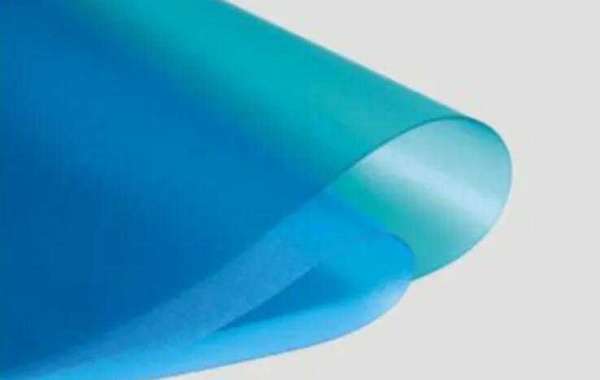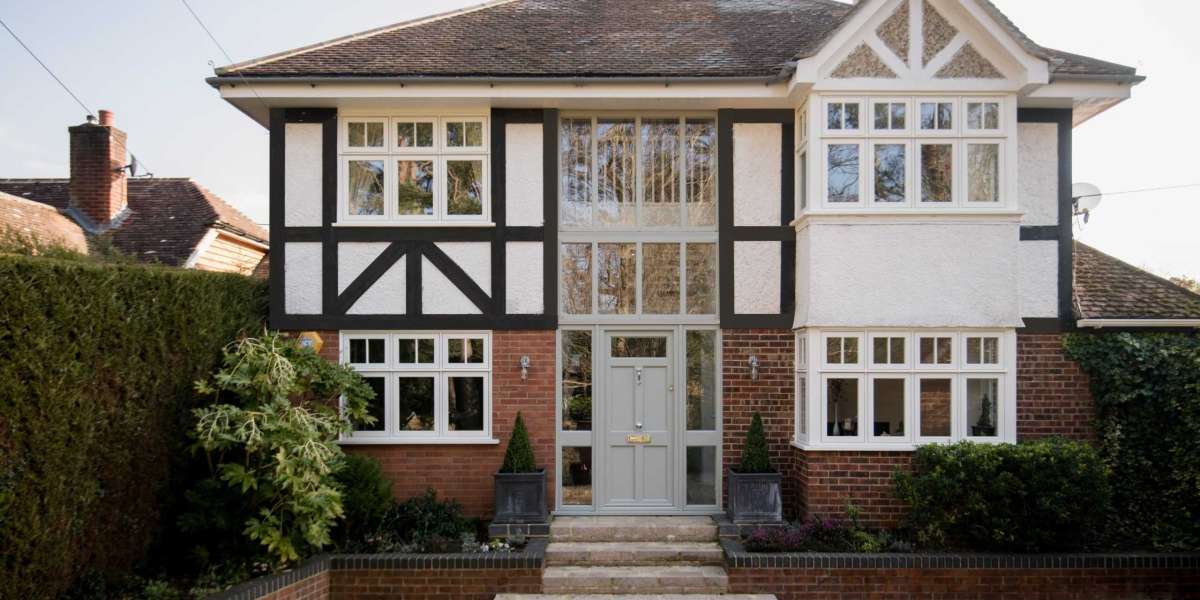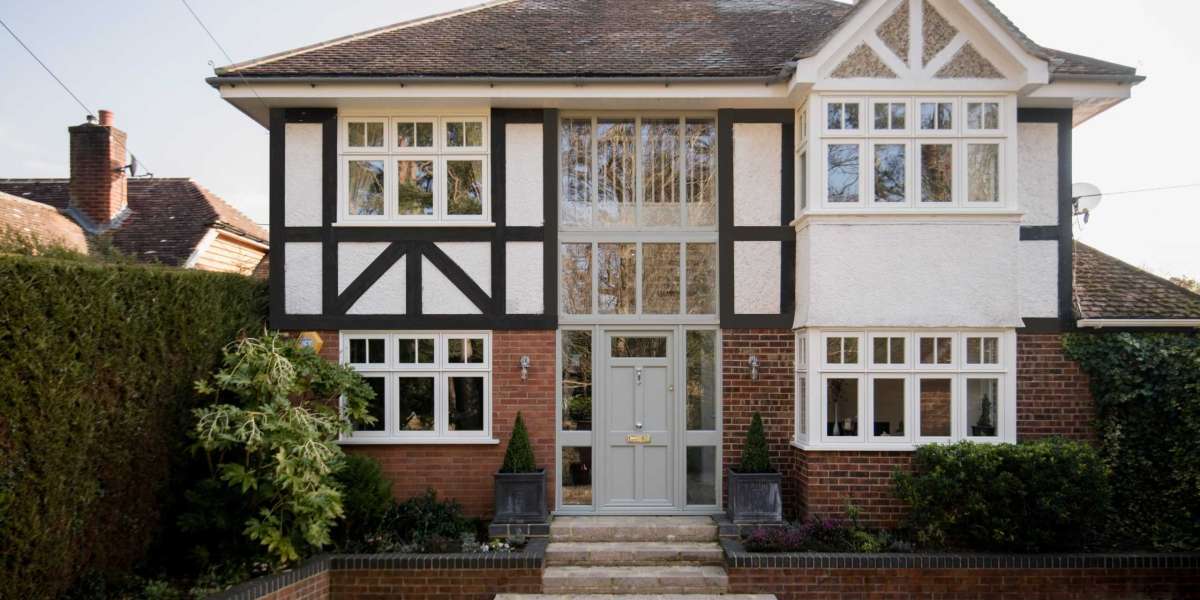In the usual PVB Film, the plasticizer is mainly the use of commercially available aliphatic diesters of triethylene glycol or tetraethylene glycol. Contains 3GH, 3G7, 3G8, and 4G7, where the leading number in the label represents the repeating unit of oligoethylene glycol H-(O-CH2-CH2)--OH, H represents ethyl 2-butyrate, 7 Represents n-heptanoate, 8 represents 2-ethyl hexanoate, the weight content of 3G7, 3G8 in PVB film generally cannot exceed 40. However, the compatibility of dipropylene glycol dibenzoate with resin is relatively good, and the content It can reach more than 50, and the various functions of the obtained film are good. Adding plasticizers can reduce the melt viscosity, glass transition temperature and elastic modulus of the product without changing the basic chemical substances of the plasticizing material. Phosphate ester plasticizers are generally used for plasticizing polyvinyl butyral resins with high vinyl alcohol content. The glass transition temperature of PVB is 50 degrees, and it is hard at room temperature. The film made of plasticized PVB has a high degree of flexibility and cold resistance (below -60 degrees). The main function of the plasticizer is to weaken the secondary bonds between the resin molecules, increase the mobility between the resin molecules, reduce the crystallinity of the resin molecular chain, and increase the plasticity of the resin. Other known plasticizers that can also be used with PVB resins are: dialkyl adipate, dialkyl sebacate, tri-based phosphate, and tri-based phosphite.
Plasticizers are substances that are added to materials (usually plastics, resins or elastomers) to improve their processability, plasticity, flexibility, and stretchability.
Commonly used plasticizers such as DOP (diethyl octyl phthalate), etc., can also be used to plasticize PVB resin, but its compatibility with PVB resin is not very good, and dialysis is easy to occur.
. And the resulting film should have better flexibility. The selection of plasticizers also needs to consider the requirements for safety glass in practical applications. For example, safety glass used in automobiles and construction has different requirements for penetration resistance, so different plasticizers can be selected. Plasticizers are usually substances that dissolve resins, most of them are organic liquids with high boiling points or solids with low melting points.
The most important thing in the processing of PVB film is the choice of plasticizer. The selected plasticizer must meet certain requirements. The important functions are very good compatibility with PVB, high transparency (colorless, no Fog), high boiling point, low water content, and high level of water increase, etc. After adding plasticizers, the Tg of the obtained PVB film is required to be significantly reduced.
We are a PV Solar Panel Manufacturer, welcome to visit our company!








